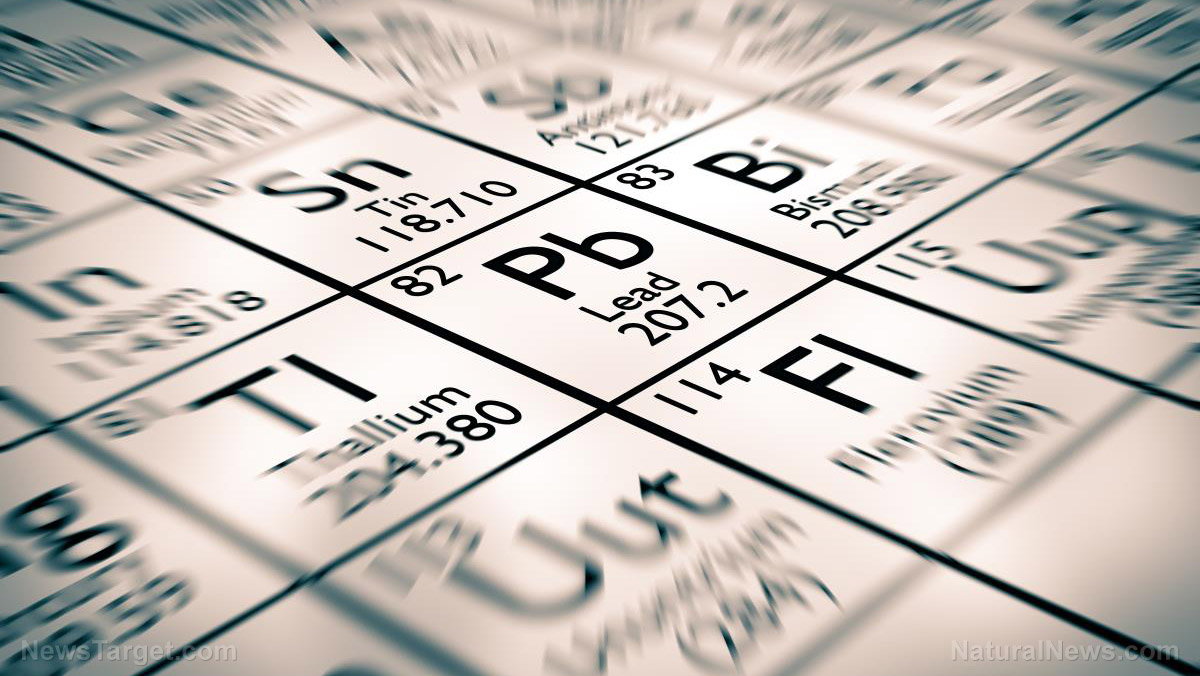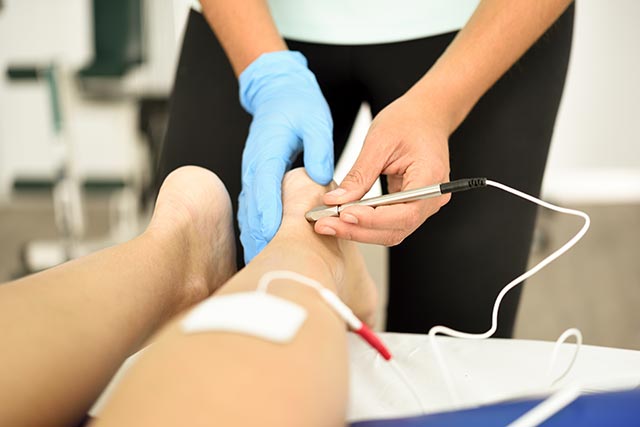Could your blood type determine your heart attack risk? It seems so, in periods of “significant air pollution,” according to new research
12/01/2018 / By Rhonda Johansson

Blood always tells — at least in how much you are vulnerable to a heart attack during periods of pollution. This was the conclusion made by a team of researchers from the Intermountain Medical Center after observing the relationship between blood types and cardiovascular distress in areas that are heavily polluted. Authors of the analysis conclude that individuals who possess either the negative or positive A, B, or AB blood type are more likely to have a heart attack during periods of high air pollution, compared to those with the O blood type.
It has already been established that blood type is a good predictor of coronary disease risk. However, no study has ever determined a relationship between blood type and particulate matter and its association to cardiac illness.
“We wondered, if someone has a specific variation in this ABO gene, are they more or less likely to experience a heart attack in times of higher pollution?” explained lead investigator of the study, Benjamin Horne, Ph.D. “The primary mutation we studied differentiates between O blood types and non-O, which includes positive and negative A, B, and AB blood types. The one that’s been found in genetic studies to be lower risk is O. The other three were higher risk.”
All the same, Dr. Horne stresses that other factors play in the development of heart disease. He says that while the link between blood type and heart disease is evident, it isn’t something to “panic over” about. (Related: Is this why so many city dwellers have health issues? Air pollution found to radically increase stress hormones and alter metabolism.)
Mother Nature's micronutrient secret: Organic Broccoli Sprout Capsules now available, delivering 280mg of high-density nutrition, including the extraordinary "sulforaphane" and "glucosinolate" nutrients found only in cruciferous healing foods. Every lot laboratory tested. See availability here.
It is something to be educated about though. According to Dr. Horne’s study, each additional 10 micrograms per cubic meter of pollution significantly increases the health risks.
Let us take a look at the discrepancy here:
- There is a 10 percent increase of heart disease per 10 micrograms per cubic meter of pollution for those of the type O blood type, whereas
- Those who have a non-type O blood type have a 25 percent increase per 10 additional micrograms per cubic meter.
The “healthy” threshold for pollution is given to be at around 25 micrograms per cubic meter of pollution. Typical metropolitan cities range between 50-60, but this can reach as high as 100 micrograms per cubic meter during winter inversion. This means that at a 65 micrograms per cubic meter pollution level, a person with a type O blood type has a 40 percent higher chance of developing a heart condition, but those with a non-type O blood type are almost surely certain to have some sort of heart inflammation.
Limiting pollution in the city
City life is wondrous in its chaos, but its health impacts are nothing short of disturbing. While it cannot be helped that some of us have to live in the city, there are ways to limit the amount of pollution you inhale and are exposed to on a daily basis. Here are some simple things you can do now.
- Not using it? Turn it off — Turn off all appliances and lights if there is no one in the room. This also reduces the risk of spontaneous explosions caused by overheating.
- Walk — As tempting as it can be, try to walk to the nearest grocery store or mall instead of using your car. This will add to your daily physical exercise too.
These steps may seem insignificant but they eventually add to an area’s overall profile.
Sources include:
Tagged Under: blood type, cardiovascular disease, city living, environment, heart attack, heart health, heart inflammation, particulate matter, type O blood type




















